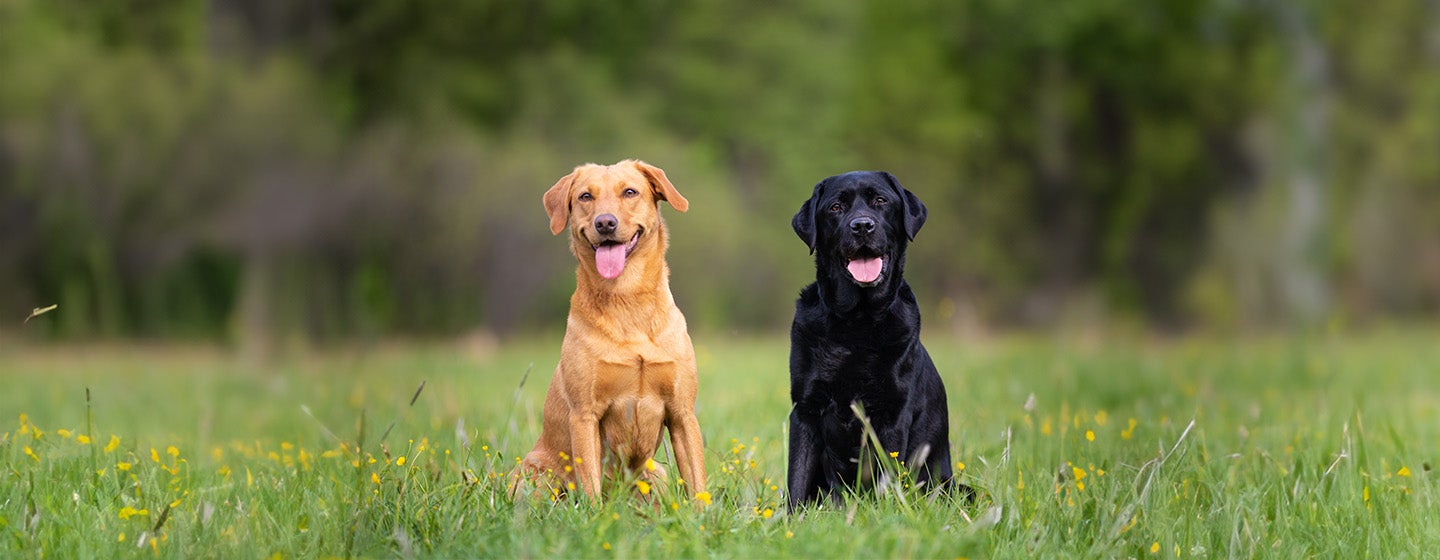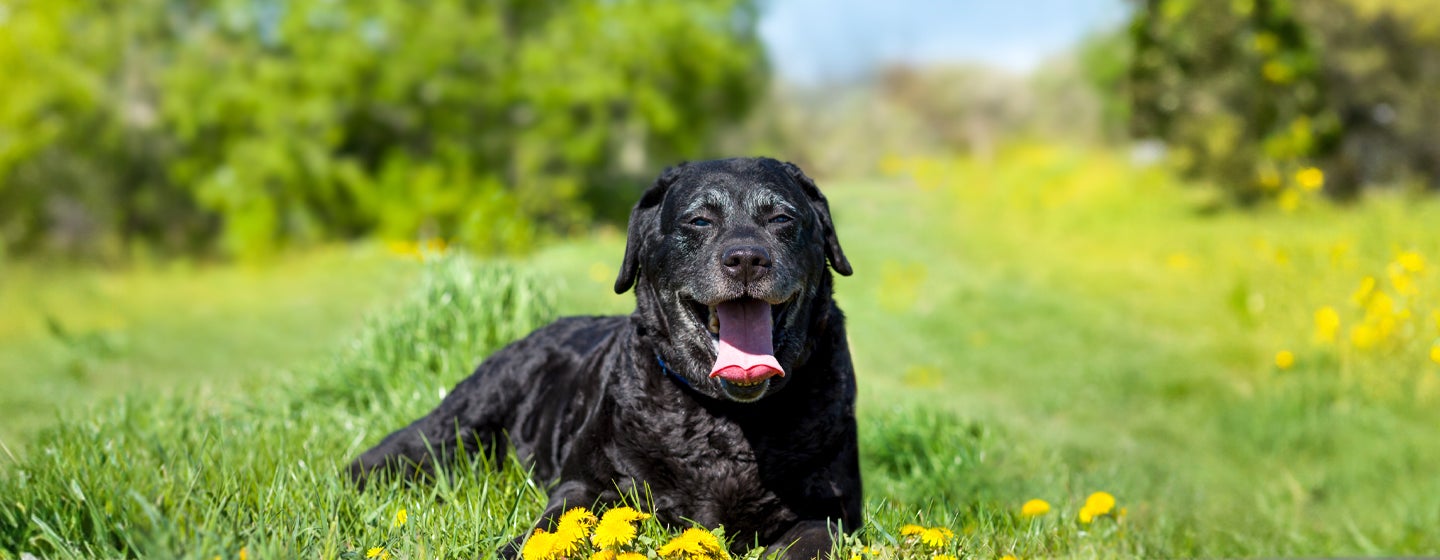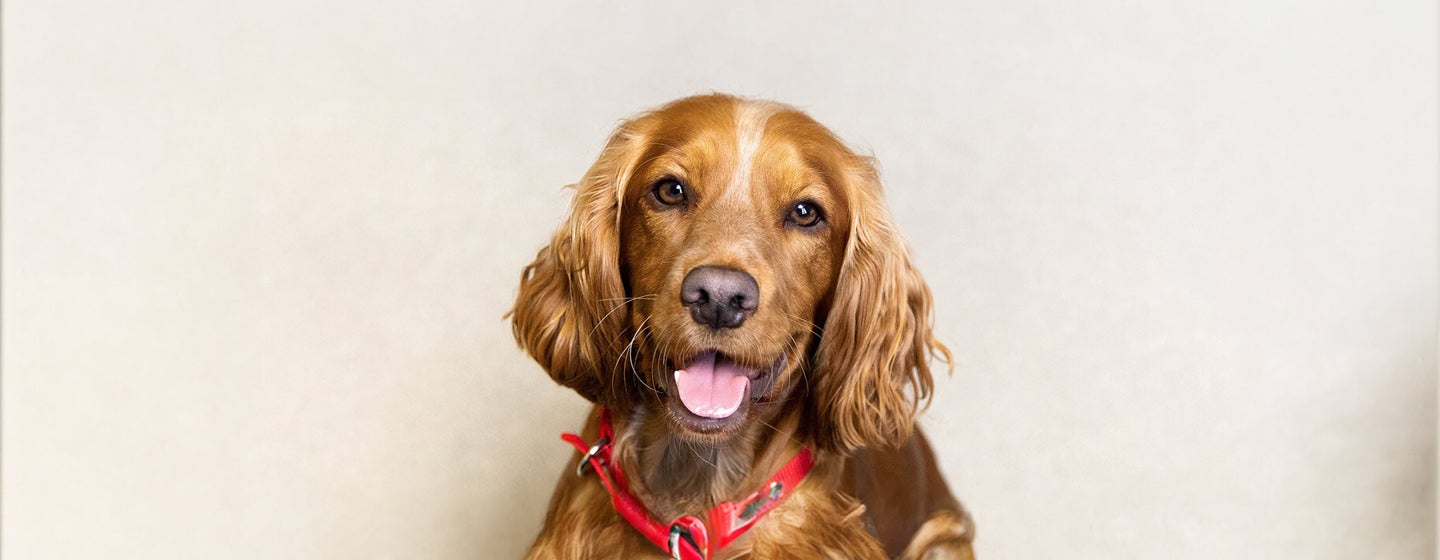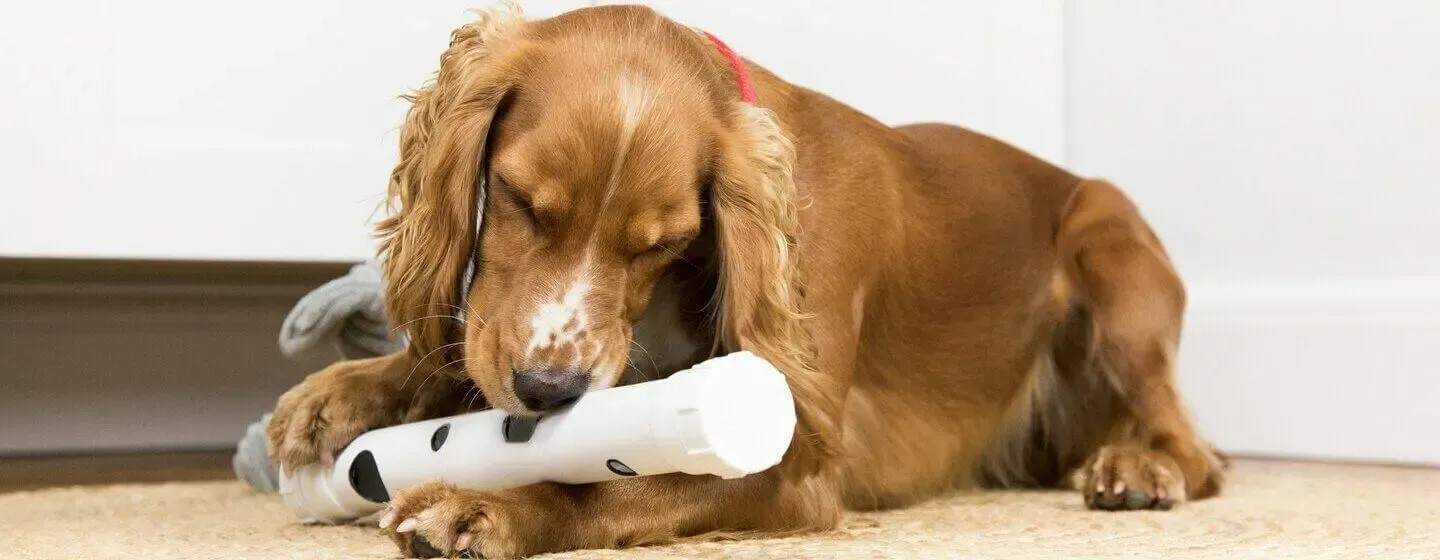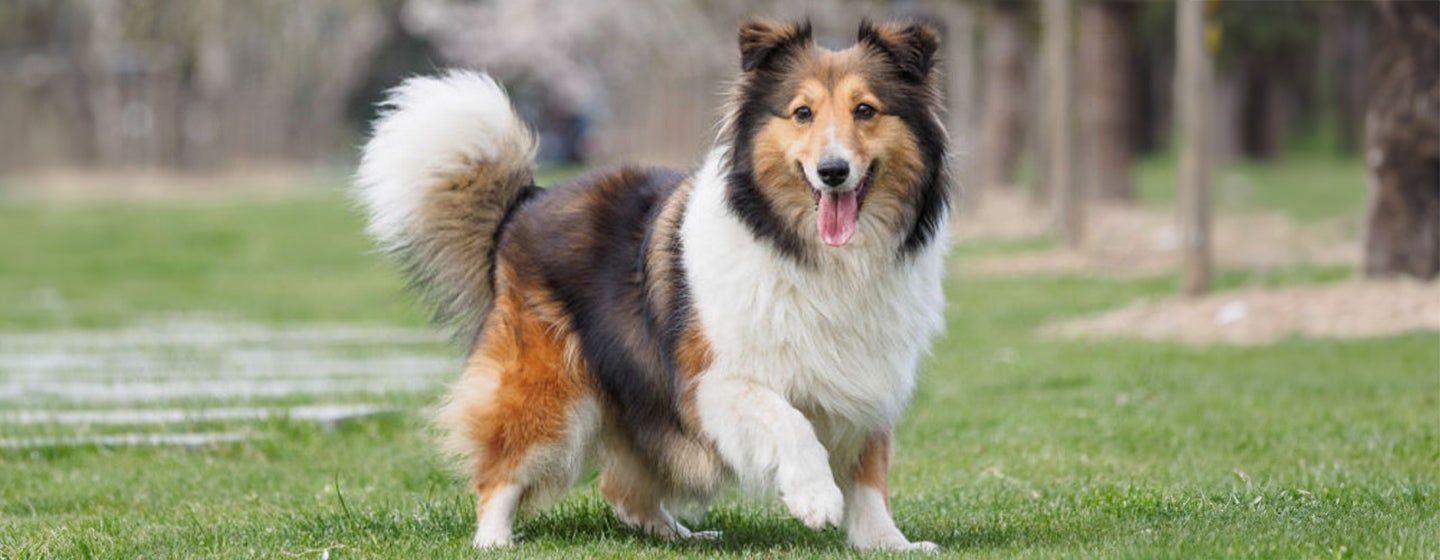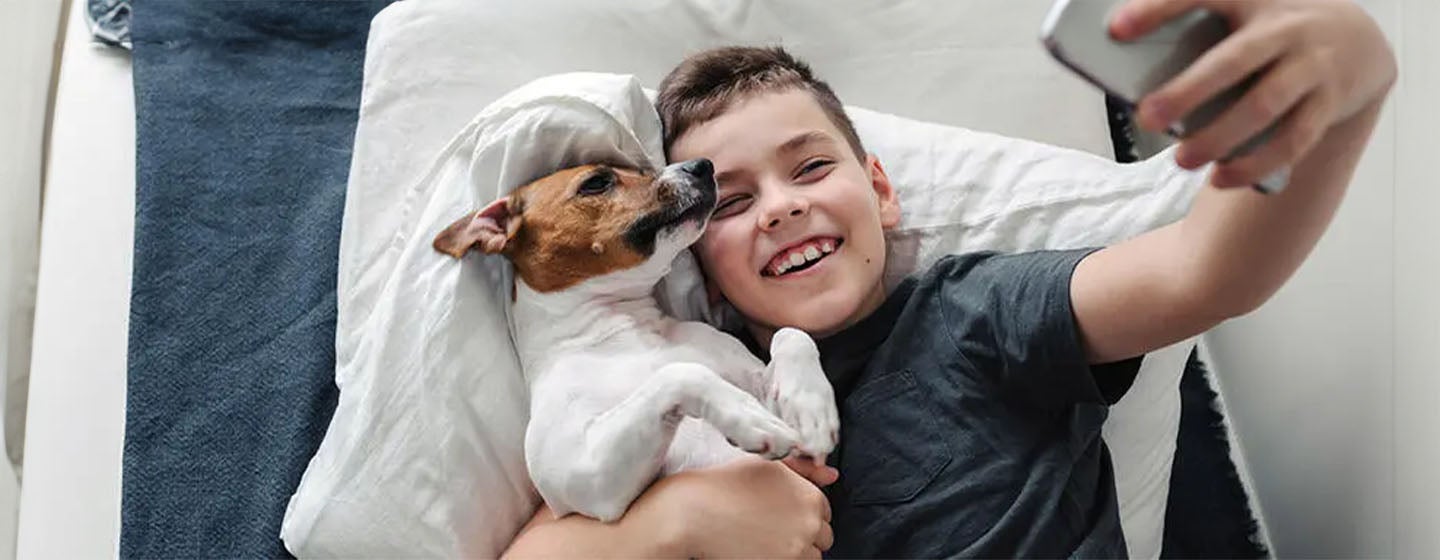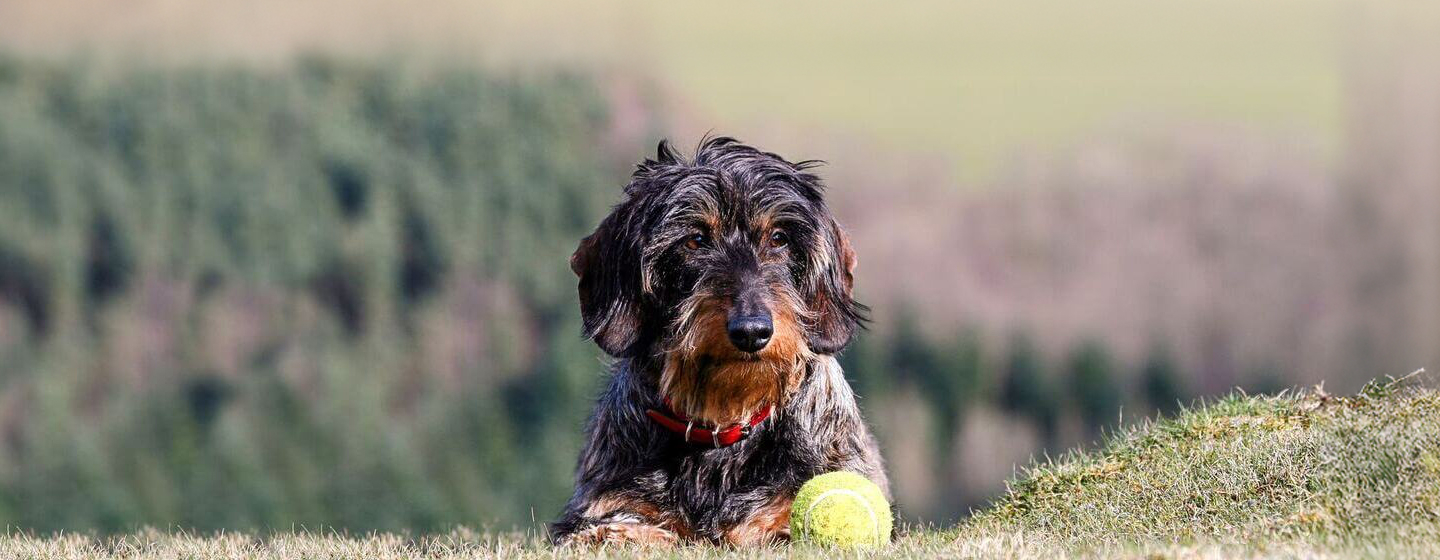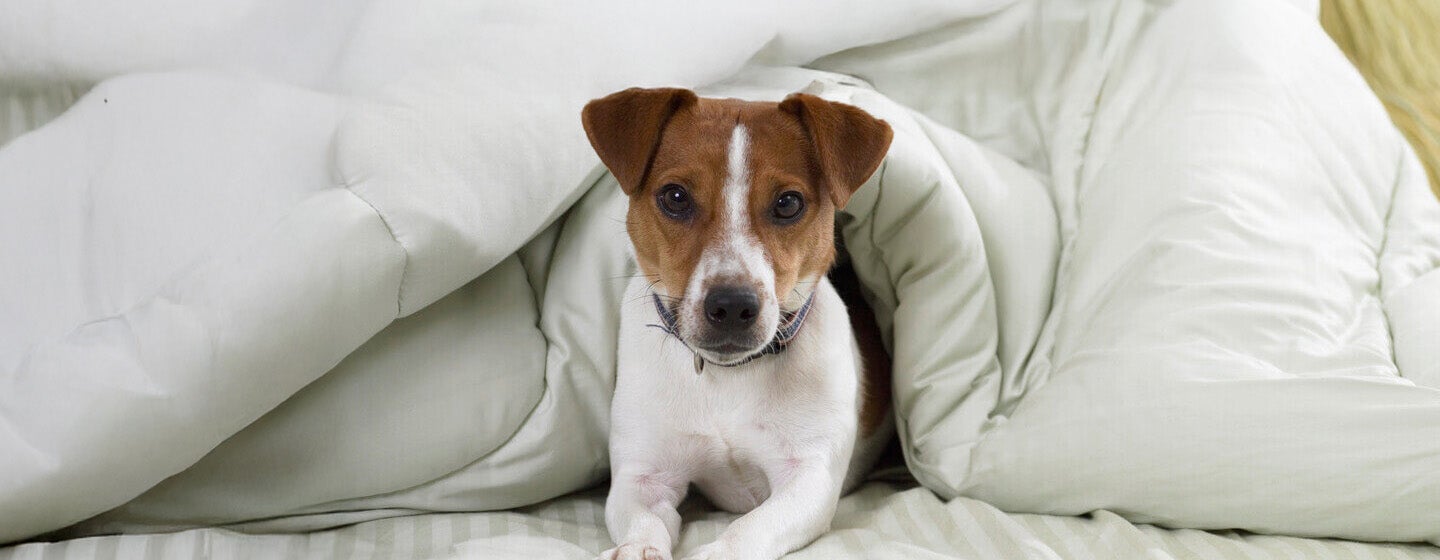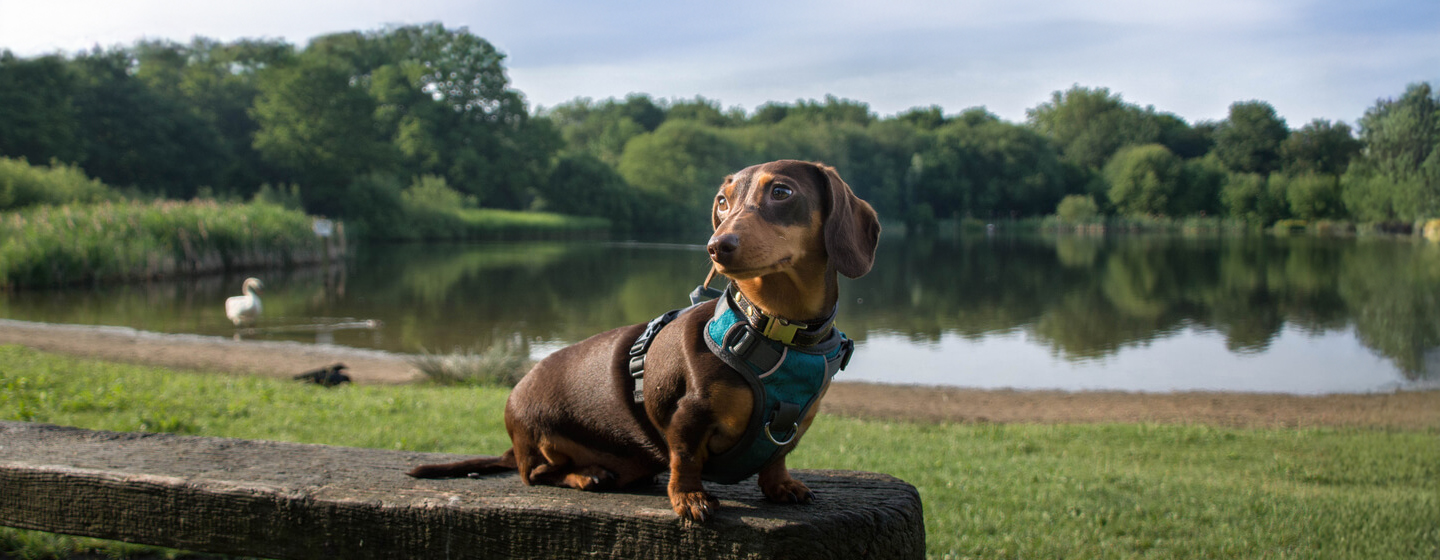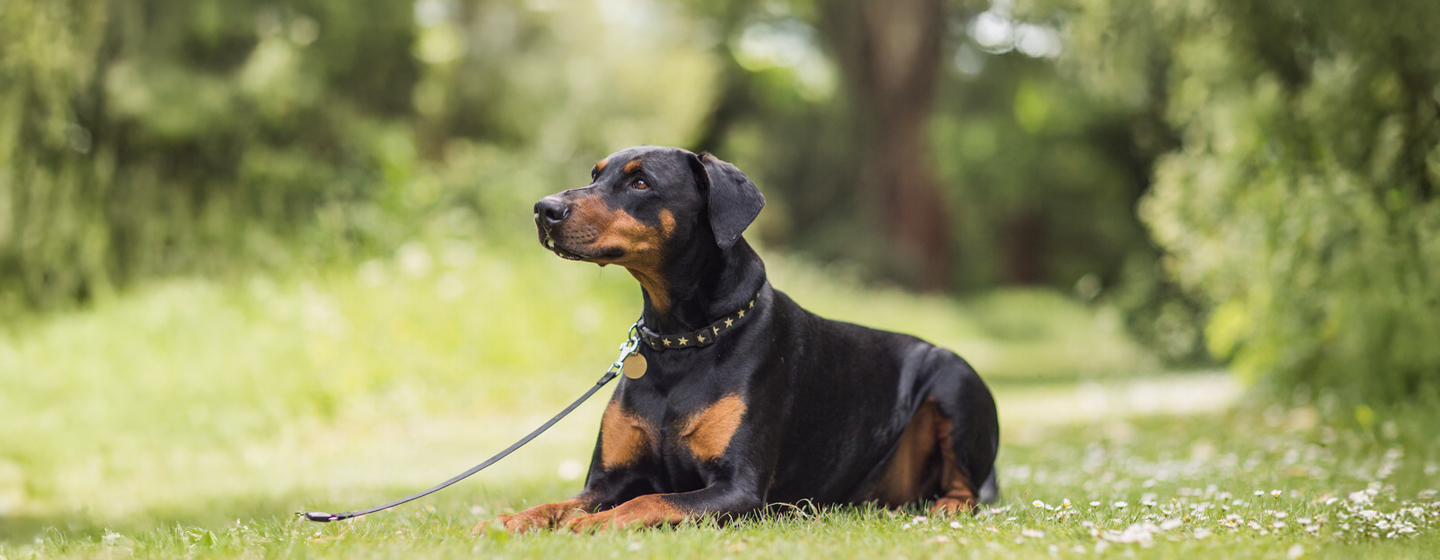Adopting a new puppy or dog can be an incredibly rewarding experience, but what can you expect from the entire process?
There are so many dogs in animal shelters all over the world looking for their forever homes, including both puppies and older dogs. These adorable dogs may have come to a rescue centre because they've had a rough start to life or their previous owners may no longer have been able to care for them. One thing's for sure though, rescue dogs just need someone who can offer them plenty of love and understanding. If you think you could offer a rescue dog or puppy a warm and happy home, keep reading and we'll answer all your questions, including how to adopt a dog and where to find a rescue centre.
Should I adopt a dog or a puppy?
Adopting a dog or puppy from a rescue centre can be an incredibly rewarding experience. Not only will you be supporting the work of a worthwhile charity, but you'll also be giving an unwanted pup a second chance. If you're thinking about adopting a dog, you'll need to decide whether you have time for a bouncy puppy or want to get a calmer, older dog instead. Puppies will demand a lot of devotion such as training, cleaning up, disciplining and will require plenty of attention to give them everything they need. Because of this, it's not a good idea to consider a puppy if you work long hours or if there won't be someone around during the day to care for them. On the other hand, if you adopt an older dog, they will already have an established routine, a degree of training and will generally just be more responsible.
Finding a friend for life
If you're unsure what kind of dog best suits your lifestyle, home and family, your local dog adoption centre can help with that. When you express an interest in rescuing a dog or puppy, the dog rescue will usually give you a questionnaire to fill out to better understand your current circumstances, then they'll be able to recommend a suitable dog for you. They're well versed in finding good matches for both people and pets, so you can rest assured that they can help in finding you a friend for life. Additionally, leading charities can offer you lifelong support, so if you ever have issues with your dog, most rescue centres will be willing to help. If your circumstances ever change, most will welcome their dogs back again too.
